Pre-Investment Considerations: Deep Dive with Nysnø Climate Investments’ Jean-Baptiste Curien
Jean-Baptiste Curien, Director of Climate Technology with Nysnø Climate Investments (Nysnø), is a long-time member of Project Frame’s Content Working Group. He was one of eight authors of Frame’s methodology guidance, Pre-Investment Considerations: Diving Deeper into Assessing Future Greenhouse Gas Impact. Curien contributed greatly to the methodology guidance’s section on impact type and additional considerations, such as additionality and attribution.
In the following Q&A with Project Frame, Curien shares his thoughts on the need for consistent baselines, the value of transparency in forward-looking emissions impact assessment, and more.
What motivated you to contribute to Project Frame's methodology for assessing forward-looking emissions impact?
There was a lack of established methodologies for calculating forward-looking emissions impact at the time Nysnø joined Project Frame. We really felt a need for putting our heads together to find the best way to perform these calculations.
There is a variety of approaches used by companies and investors to assess their climate impact, and it is often the race toward the highest number at the expense of sensible and transparent assessment of the real impact. We very much liked the values and the approach proposed by Project Frame.
Of the topics covered by the methodology, which did you feel was the most pressing to address and why? How do you feel this work addressed that topic? Are there any questions that remain?
We’ve made significant progress over the last couple of years. The trickiest part while looking at forward-looking emissions impact is the establishment of a proper baseline against which you need to compare your climate solution. If it’s not defined, you will have to build your own hypothesis for the future and that’s a very subjective exercise.
Project Frame provides the tools and guidance in order to build a baseline in the most efficient and transparent way. In the short term, there will be a need for establishing a common set of baselines that everyone can refer to so that we can have the same reference. It’s a very exciting and important project.
Another topic that needed a lot of attention is the concept of attribution. Attribution is a common pitfall for those working with life cycle analysis or impact assessment. It allows for the proper distribution of impact among the several contributors. We’ve spent a lot of time balancing the various options at hand and I am very happy that we landed on a very clear recommendation for the user.
Transparency, accountability, and inclusivity are three of Project Frame's values. How do you feel this work upholds those values?
Climate impact accounting should be taken as seriously as cash accounting. Project Frame’s values are key to ensuring that any work on impact is credible.
Jean-Baptiste, Director of Climate Technology, has been an Investment Manager in Nysnø Climate Investments`investment team since 2018. He has nearly 20 years of experience from various positions within renewable energy production and cleantech industries. At Nysnø, Jean-Baptiste focuses primarily on direct investments with heavy technical projects connected to energy and innovative industrial processes.
Nysnø is the Norwegian state's climate investment company. They invest in companies that provide profitable and smart solutions to the challenges of climate change to stimulate the development of sustainable businesses and technologies.

